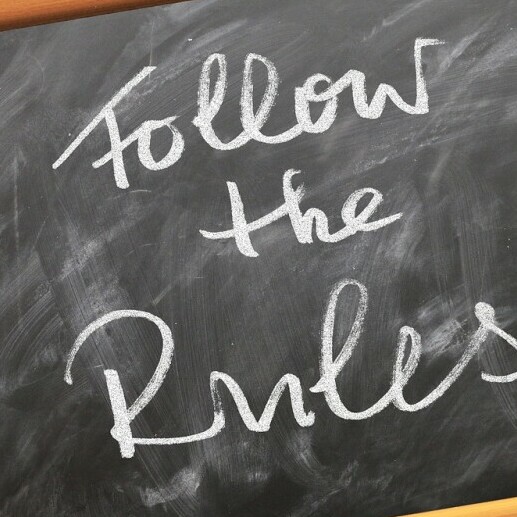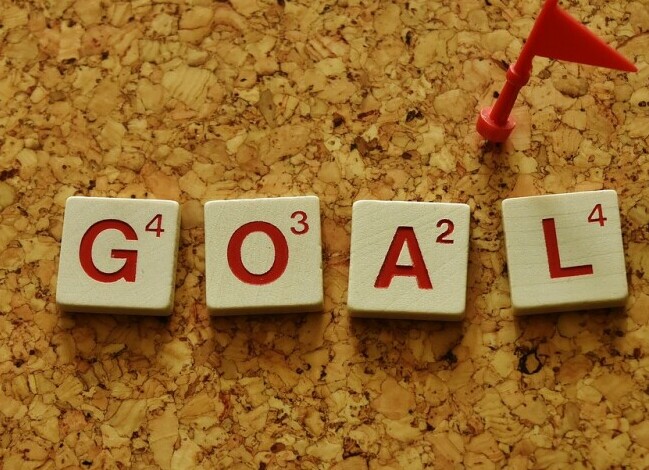 I’m going to kick things off by introducing you to a concept that could change the way you look at productivity. The 80/20 Rule, also known as the Pareto Principle, is a timeless insight that suggests a disproportionate relationship between input and output. In other words, it postulates that roughly 80% of consequences come from 20% of causes.
I’m going to kick things off by introducing you to a concept that could change the way you look at productivity. The 80/20 Rule, also known as the Pareto Principle, is a timeless insight that suggests a disproportionate relationship between input and output. In other words, it postulates that roughly 80% of consequences come from 20% of causes.
Now, this principle doesn’t just pop out of thin air. It was named after the Italian economist Vilfredo Pareto, who, in the late 19th century, noticed that about 80% of Italy’s land was owned by just 20% of the population. Pretty wild, right? The thing is, this distribution held true in various other countries and in a wealth of contexts beyond just land ownership.
You’re going to find out about how this rule plays out in various aspects of life and business – from the way you manage your workload to your personal investments and even your health routines. For instance, the principle often manifests in scenarios where 20% of sales reps generate 80% of a company’s revenue, or how 20% of customers are responsible for 80% of customer service calls.
 This isn’t just a business theory; it’s also about streamlining your personal life for maximum benefit. I’ve seen the 80/20 Rule show up in unexpected places, like realizing that a mere 20% of my closet houses the clothes I wear 80% of the time, or that a small fraction of my social circle provides the vast majority of meaningful interactions. It all boils down to maximizing efficiency by identifying what really matters.
This isn’t just a business theory; it’s also about streamlining your personal life for maximum benefit. I’ve seen the 80/20 Rule show up in unexpected places, like realizing that a mere 20% of my closet houses the clothes I wear 80% of the time, or that a small fraction of my social circle provides the vast majority of meaningful interactions. It all boils down to maximizing efficiency by identifying what really matters.
So what comes next? That’s going to include digging deep into strategies that help you spot the vital 20% of your efforts that will drive 80% of your results. I’ll help you with tactics to conduct a personal and professional efficiency audit, methods to prioritize high-impact activities, and insights into how data can guide your decisions. Stick around – it’s going to be insightful!
Identifying the Vital Few: Maximizing Your Results
The true magic of the 80/20 rule lies in identifying the ‘vital few’ – that elusive 20% of your efforts that produce the bulk of your results. It can seem like a daunting task, but with the right approach, you can isolate these high-impact activities and concentrate your energy where it counts the most.
 To start dissecting your efforts, you might first want to conduct an efficiency audit. This involves breaking down your tasks, either through a written log or a digital tracking tool, to see exactly where your time and resources are going. For a week or even a month, jot down what you do each day, and you might be surprised to find that certain tasks take up a disproportionate amount of time without delivering equivalent returns.
To start dissecting your efforts, you might first want to conduct an efficiency audit. This involves breaking down your tasks, either through a written log or a digital tracking tool, to see exactly where your time and resources are going. For a week or even a month, jot down what you do each day, and you might be surprised to find that certain tasks take up a disproportionate amount of time without delivering equivalent returns.
Once you’ve mapped out where your efforts are going, it’s time to strategize. Focus on the high-impact tasks – those that drive progress toward your goals – and consider outsourcing, automating, or eliminating the rest. If the task doesn’t make the cut, it shouldn’t make your to-do list.
Don’t forget the role of data analysis in this process. In my opinion, analyzing performances, customer feedback, sales numbers, or even personal progress can pinpoint the 20% driving the 80% of your success. Data doesn’t lie, and it can be an incredibly effective way to ensure you’re not just following your gut but actually backing up your strategy with real evidence.
Implementing the 80/20 Rule in Daily Life
You’re probably thinking, how do you make the 80/20 rule a natural part of your everyday routine? I’m going to share how you can weave this principle into the fabric of your daily life, bringing about impactful changes without overwhelming effort.
Let’s tackle the art of blending the 80/20 rule with your long-term aspirations. It’s about identifying the key actions that propel you towards your big-picture goals and giving those actions the attention they deserve. This isn’t just about professional success; it’s also about carving out time for personal development, wellness, and relationships.
In my opinion, one of the most potent applications of the 80/20 rule is in managing your time. Start by mapping out your day and flagging the tasks that truly move the needle. You can always adjust your approach down the road, but beginning with a clear focus on high-impact activities is crucial.
 Choose something that resonates with you when applying the 80/20 rule to improve wellness and work-life balance. Maybe for you, it’s getting 80% of your fitness results from 20% of your workout routines or finding that spending 20% of your time with loved ones replenishes 80% of your emotional energy.
Choose something that resonates with you when applying the 80/20 rule to improve wellness and work-life balance. Maybe for you, it’s getting 80% of your fitness results from 20% of your workout routines or finding that spending 20% of your time with loved ones replenishes 80% of your emotional energy.
Now, as we discuss streamlining your life for efficiency, it’s important to be mindful of potential pitfalls. There’s a lot of opportunity in this principle, but it doesn’t come without its caveats. As we transition into the final section, you’re going to find out about the limitations you need to watch for when applying the 80/20 rule.
Caveats and Considerations: Using the 80/20 Rule Wisely
You’ve got a powerful tool in the 80/20 rule, but like any tool, it’s all about how you use it. This isn’t just about trimming the fat off your schedule or task list; it’s also about understanding its scope and limits. So let’s talk about when to apply this rule to your advantage, and when to recognize it’s time to set it aside.
The 80/20 rule shines in areas teeming with data and measurable outputs, but its glitter fades a bit in complex scenarios with many variables. Don’t try to apply it to everything with a force-fit mentality. It’s a strategic guideline, not an inflexible law. Benefiting from it means learning to recognize patterns in your life where results are clearly disproportionate to efforts.
You might find that, in some cases, the 80/20 rule doesn’t seem to apply—or applying it could lead to cutting corners and sacrificing quality. If you’re a surgeon, for example, those crucial 20% of tasks that yield 80% of the results are non-negotiable; there’s no room for error or minimal effort there.
So, balance this principle with a generous sense of reality. Doggedly pursuing the 80/20 rule in every situation can be a recipe for oversight and unintended consequences. Instead, use it to enhance your decision-making processes and to identify opportunities for greater efficiency without compromising the integrity and quality of your work or life.
In conclusion, the 80/20 rule is remarkably versatile, aiding in decluttering both the mind and calendar. However, always remember to apply it judiciously and paired with sound judgment. Stay flexible, be thoughtful, and keep your eye on the big picture as you wield this principle. Choose something that resonates with you and your unique circumstances, and you’ll be well on your way to maximizing results with minimal effort.
